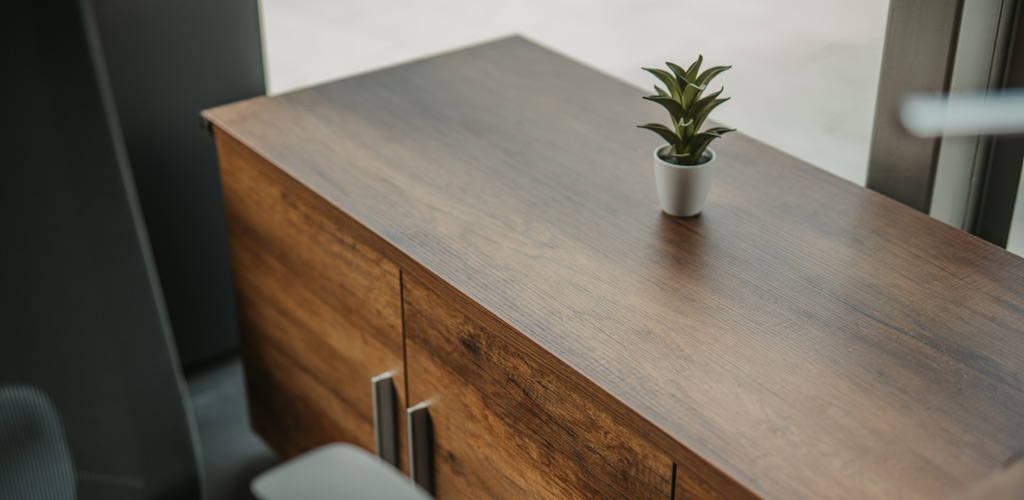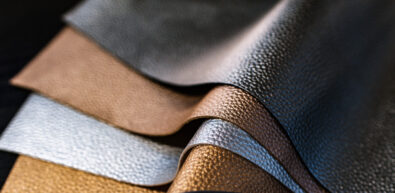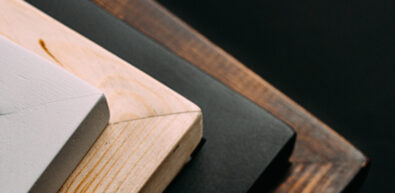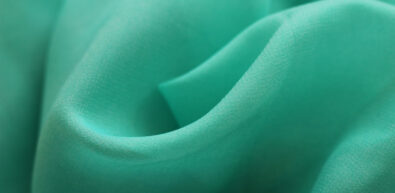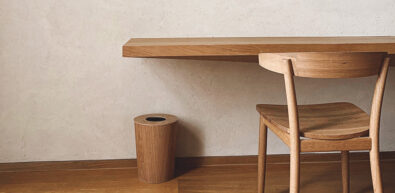Table of Contents
Hey there, furniture lovers! Have you ever considered using blue gum for furniture? Yes, the same blue gum that’s been stuck to your shoes is now making a splash in the world of home décor.
Now, some of you might be skeptical and thinking, “What in the world is blue gum? Is this a hoax or something for April Fool’s Day? But rest assured—this is not a joke. Blue gum is a real type of wood, and it’s been gaining popularity among furniture makers for its unique, eye-catching color and durability.
Let’s find out if blue gum is good for furniture or not.
What is blue gum?
Blue gum, also known as eucalyptus globulus, is a type of hardwood that originates from Australia and Tasmania. This versatile wood is renowned for its unique bluish-gray color and its exceptional durability.
Blue gum is also a sustainable and eco-friendly choice, as it is fast-growing and easy to harvest.
In terms of pricing, Blue gum is generally far cheaper compared to other hardwoods like maple and oak. Its cost can vary depending on factors such as the quality of the wood and the specific item being produced.
In furniture-making, blue gum is typically used for items like tables, chairs, and cabinets, as well as for decorative accents like trim and veneers. Its striking color and resilience make it a popular choice for modern and contemporary furniture designs.
Advantages of blue gum furniture
Look at these great advantages of using blue gum for furniture:
1. +Unique appearance
Blue gum is known for its distinctive bluish-gray color that sets it apart from other hardwoods. It is a preferred material for modern and contemporary furniture designs because of its distinctive appearance.
2. Durability
Blue gum is a hardwood, which means it’s naturally strong and long-lasting. For furniture that will be used frequently and needs to withstand wear and tear, this makes it the perfect option.
3. Sustainability
For making furniture, blue gum is a sustainable and environmentally friendly option. It’s fast-growing and easy to harvest, and its popularity in recent years has led to more responsible and sustainable harvesting practices.
4. Resistance to termites
Blue gum contains natural oils that make it resistant to termites and other pests. This makes it a great choice for furniture that will be used outdoors or in areas with high termite activity.
5. Easy to work with
Blue gum is easy to cut, shape, and work with, which makes it a great choice for furniture makers who want to experiment with different designs and styles.
Disadvantages of blue gum furniture
Before you rush to use blue gum for furniture, it would be better to look at these potential downsides of blue gum:
1. Hardness
Given that blue gum is a relatively hard wood, some furniture makers may find it challenging to work with.
2. Prone to warping
Blue gum is a porous wood, which means it can absorb moisture easily. If it’s not properly dried and sealed, it can warp and crack over time.
3. Difficult to stain
Because of its natural bluish-gray color, blue gum can be difficult to stain. It can take on a blotchy appearance if the stain isn’t applied evenly.
4. Not as widely available
While blue gum is becoming more popular in the furniture industry, it’s not as widely available as some other hardwoods like oak or maple.
Therefore, if blue gum is not available in your area, you might struggle to find it and of course, the price would also be higher due to low availability.
5. Limited use in traditional designs
Blue gum’s unique appearance makes it a great choice for modern and contemporary designs, but it may not be as suitable for more traditional styles of furniture.
Blue gum & furniture FAQs
Here’s everything else about using blue gum for making furniture:
Is blue gum good for making beds?
Yes, blue gum is a good wood for making beds due to its durability, strength, and unique appearance. It’s a sustainable and eco-friendly choice that can offer a long-lasting and sturdy frame for your bed.
Blue gum vs. mahogany
Blue gum is a durable hardwood with a unique bluish-gray color, making it a popular choice for modern and contemporary furniture designs. Mahogany, on the other hand, is known for its deep red-brown color and excellent workability, making it a versatile option for many different furniture styles. While both kinds of wood offer a sustainable and eco-friendly choice, mahogany tends to be more expensive due to its high demand and limited availability.
Is blue gumwood soft or hard?
Blue gum is a hardwood, which means it’s a dense and durable wood that comes from deciduous trees with broad leaves. It’s not a soft wood like pine or cedar.
What is blue gumwood good for?
Due to its distinctive bluish-gray color and toughness, blue gumwood is an attractive choice for manufacturing furniture. It’s commonly used in modern and contemporary furniture designs, as well as for outdoor furniture and decking due to its natural resistance to termites. It can also be used for flooring, cabinetry, and other decorative woodwork.
Is blue gum toxic?
Blue gum is generally considered non-toxic for pets, kids, and adults. However, as with any type of wood, there is a potential for splinters if not properly handled. Some sensitive people may also have an allergic reaction to the sawdust or sap of the blue gum tree and skin irritation.
Is blue gum good for flooring?
Yes, blue gum is a suitable wood for flooring due to its durability and strength. The reason is that blue gumwood is renowned for its moisture resistance and durability, which makes it a feasible choice for damp and humid areas. Moreover, when the blue gumwood flooring appears a bit worn out, you can sand and refinish it to achieve a fresh appearance.
Is blue gum furniture easy to maintain?
Yes, blue gum furniture is easy to maintain because of mainly two reasons. First, it has god-gifted resistance against humidity and termites so you won’t be stressing about repairing it every week. Second, it doesn’t require a complex cleaning procedure. Take a soft cloth & put some mild detergent on it to clean your blue gum furniture. However, never use harsh chemicals or cleaners for cleaning because you will end up damaging the natural texture of wood.

